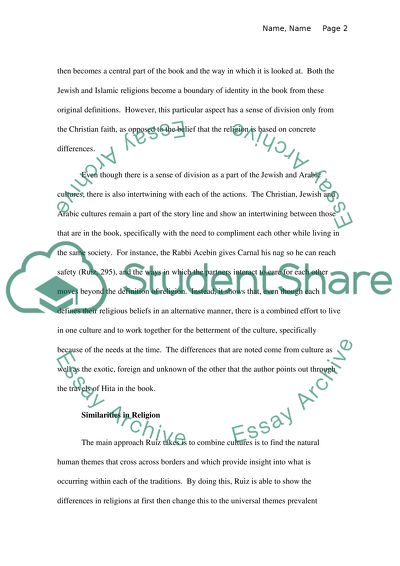Cite this document
(“El libro de Buen amor muestra el temperamento del arcipreste de Hita: Essay”, n.d.)
Retrieved from https://studentshare.org/environmental-studies/1408487-el-libro-de-buen-amor-muestra-el-temperamento-del
Retrieved from https://studentshare.org/environmental-studies/1408487-el-libro-de-buen-amor-muestra-el-temperamento-del
(El Libro De Buen Amor Muestra El Temperamento Del Arcipreste De Hita: Essay)
https://studentshare.org/environmental-studies/1408487-el-libro-de-buen-amor-muestra-el-temperamento-del.
https://studentshare.org/environmental-studies/1408487-el-libro-de-buen-amor-muestra-el-temperamento-del.
“El Libro De Buen Amor Muestra El Temperamento Del Arcipreste De Hita: Essay”, n.d. https://studentshare.org/environmental-studies/1408487-el-libro-de-buen-amor-muestra-el-temperamento-del.


